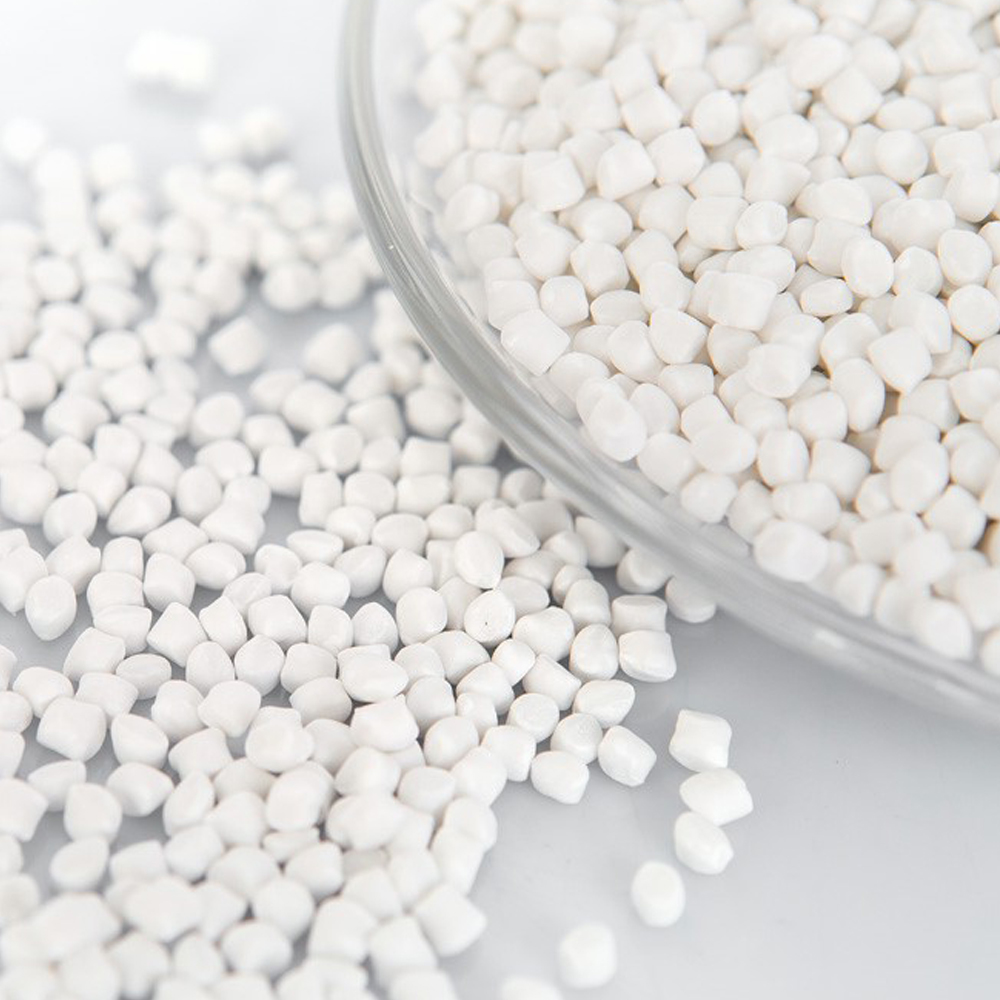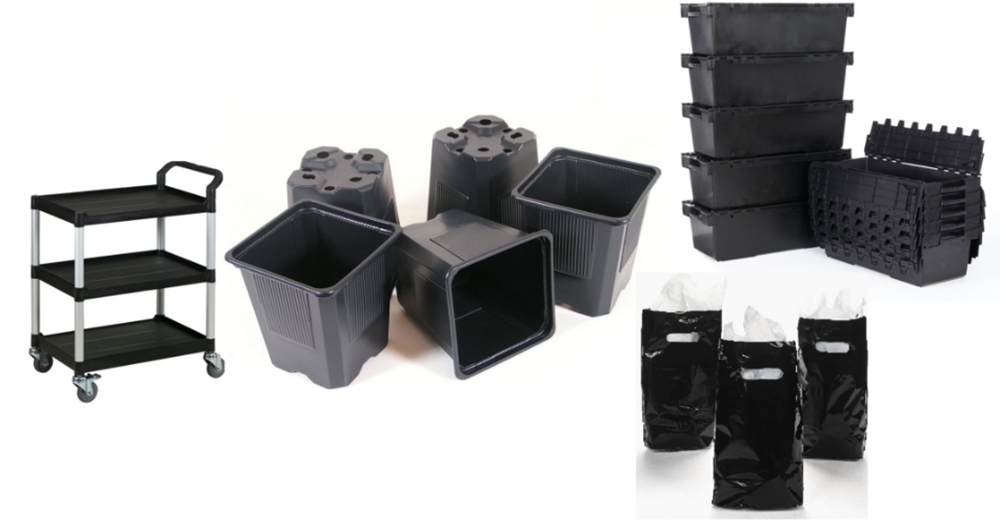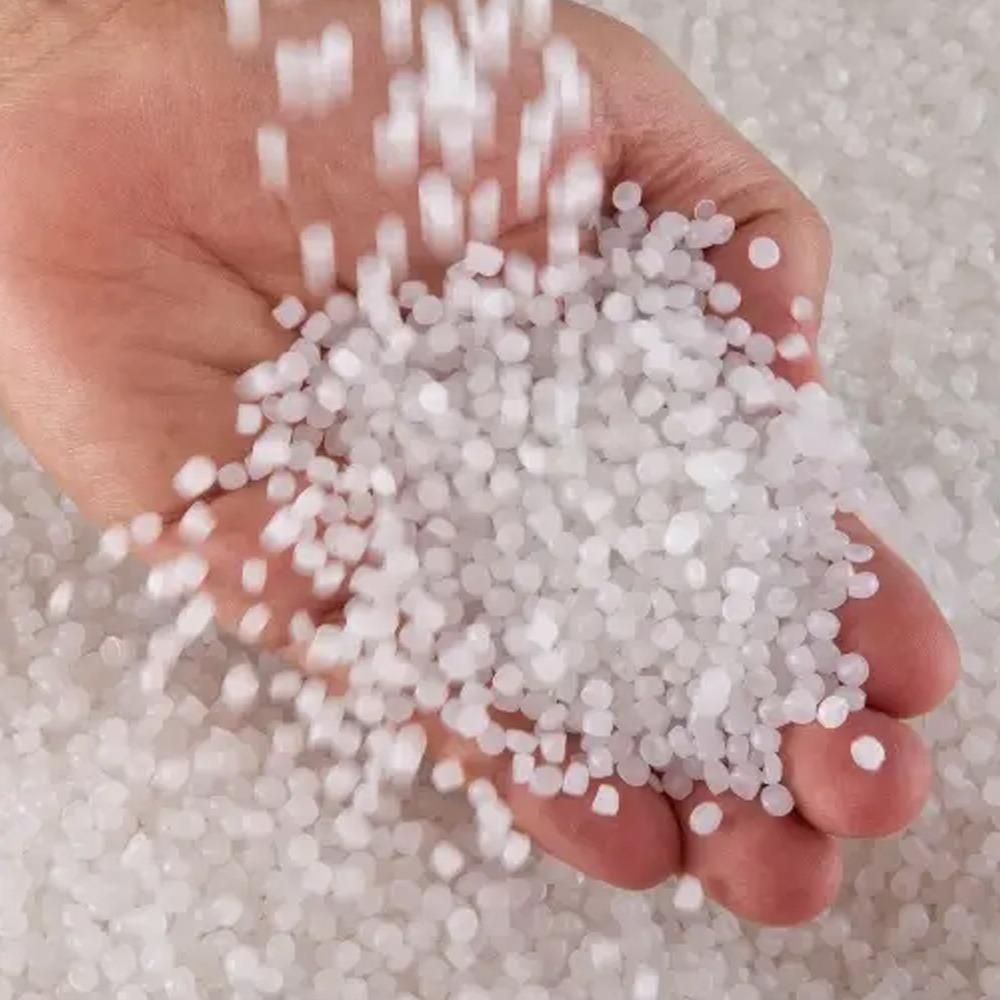
White Masterbatch: Unveiling Characteristics, Applications, and Benefits
Masterbatch, a potent blend of pigments and additives, serves as a vital ingredient in the plastic industry. White masterbatch, specifically, is a plastic enhancer tasked with bestowing a brilliant, white hue to plastic products.



